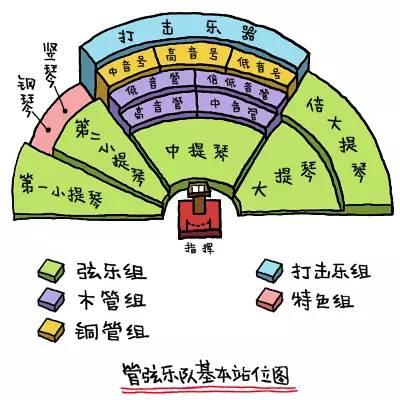(一)实义动词:具有实实在在的意思,能够直接做谓语,表示动作或状态的特征有及物动词和不及物动词之分,今天小编就来聊一聊关于一般动词与实义动词?接下来我们就一起去研究一下吧!

一般动词与实义动词
(一)实义动词:具有实实在在的意思,能够直接做谓语,表示动作或状态的特征有及物动词和不及物动词之分。
1、及物动词:后面可以直接带宾语的动词。例如:
the Smith found her lost son.
He invests me to his party
2.不及物动词:后面不能直接带宾语,如果需要接宾语后面要加上介词(at ,of,in,等)比如,she is looking around.
(二)连系动词:用来辅助主语的动词称之为连系动词,本身有词意,但不能独立做谓语,后面必须跟表语一起构成系表结构,说明主语的身份,类别特征,状态等
状态系动词:be(am is are). she is teacher.
持续性动词:keep, remain, stay, stand. He keeps waiting for me.
表象系动词:look, appear, seem.the girl looks beautiful.
感官系动词:feel, smell, taste, sound
the steak tastes delicious.
变化系动词:become, grow, turn, get, go, come, fall. He gets rich without any help.
终止系动词:表示主语已经终止动作,有prove, turn out表达“证实”,“变成”之意。
例句,it's sound a good idea.
考点:以上例句可以看出系动词后面连接形容词;系动词没有被动语态;不能用于进行时态(除变化系动词外)。[祈祷]
,




